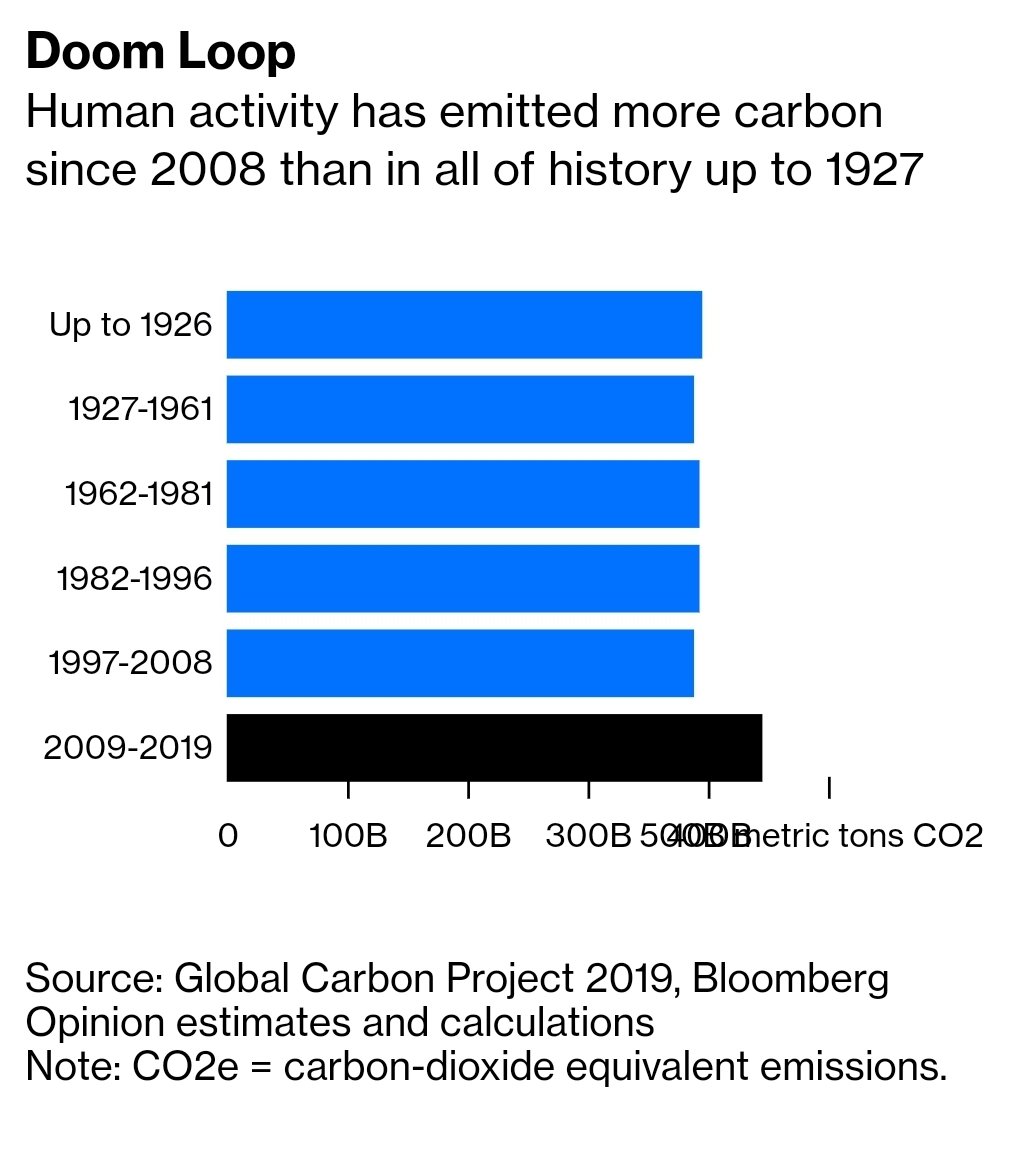
I think there's a bit of a Streisand Effect about the extreme sensitivity about this data about the timing of China's population peak:
https://twitter.com/qingqingparis/status/1387656520175800320
For most of the past decade, China has released its population and labour force data in its big statistical update in mid-January: stats.gov.cn/english/PressR….
This is then compiled into the statistical yearbook, which has data going all the way back to 1949 (these are in 10,000s): stats.gov.cn/tjsj/ndsj/2020… 





Then this year the population and labour force data is absent from the usual statistical update: stats.gov.cn/english/PressR…
Beneath the fulminating "refutes FT report" rhetoric, this Global Times piece is actually pretty good and confirms the report was pretty much on the money. globaltimes.cn/page/202104/12… 

There's a reasonable argument to be made about annual vs. census statistical surveys and which is more accurate.
But a normal approach to this would be to release the annual data as you do every other year and say it's subject to revision later on.
But a normal approach to this would be to release the annual data as you do every other year and say it's subject to revision later on.
In a country of 1.4bn people there is not going to be a perfect population count!
What's clear is that the FT report, and the Global Times numbers "refuting" it, are quite surprising.
Most demographers didn't expect a population peak until late in this decade.
What's clear is that the FT report, and the Global Times numbers "refuting" it, are quite surprising.
Most demographers didn't expect a population peak until late in this decade.
eg. this study last March in Nature, from a stellar group of academics at Tsinghua University, put the peak at 1.46bn in 2029: nature.com/articles/s4159…. 

Making a big deal about how the FT report was wrong, but then refusing to release any data for the year in question beyond just saying "population grew", and then confirming that population is peaking way earlier than expected, speaks of an extreme jumpiness about this data.
That's silly. Whether it's a few million here or there, China will still, with India, have by far the world's largest population throughout this century. Even Nigeria won't get close. The extreme nervousness suggests a deeper concern.
That's expressed in this paragraph of the Global Times story, which encapsulates a very conventional Solow-Swan growth model: globaltimes.cn/page/202104/12…
With labour force shrinking, capital saturation and slack productivity, it's not clear where China's future growth comes from.
With labour force shrinking, capital saturation and slack productivity, it's not clear where China's future growth comes from.

• • •
Missing some Tweet in this thread? You can try to
force a refresh














